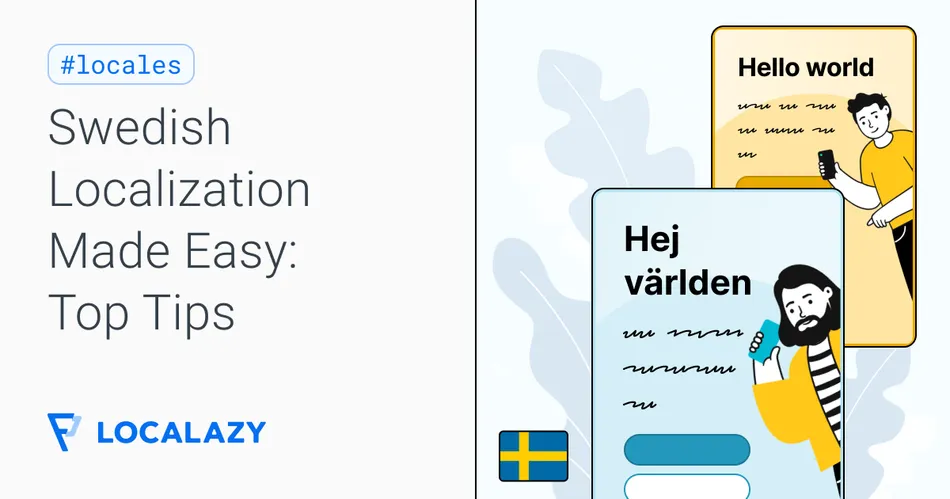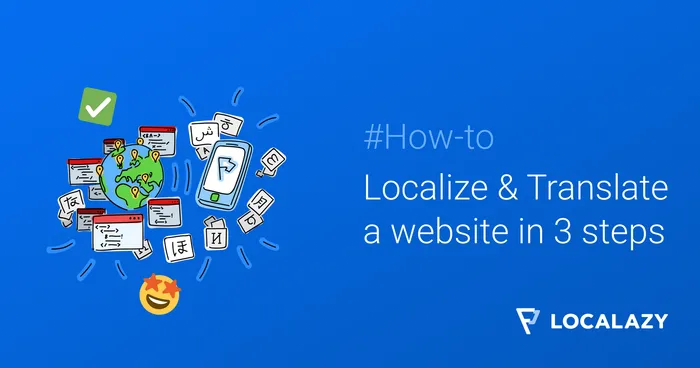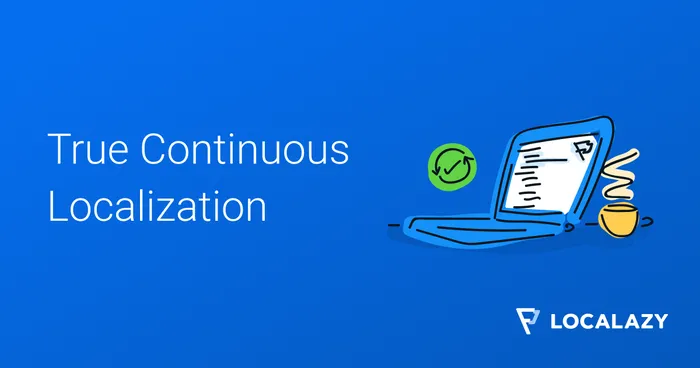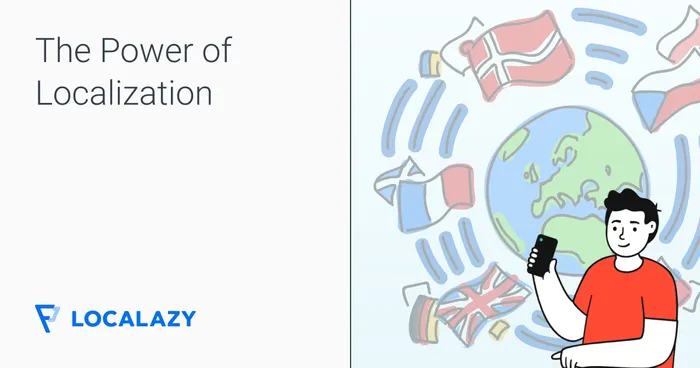From the famous Northern Lights in the North to the myth that polar bears walk the streets of Stockholm, somebody has always spoken about Sweden somewhere. Forgetting about the Vikings any time soon is unlikely, and the country's domination in sustainability and eco-conscious living is hard to overlook. 🌱🌲 The air in Sweden is so fresh and the water so clean that you'll remember it long after you've had a taste.
Swedes love to shop online, travel the world, keep up with the latest trends, and are on their way to having the most extensive research facility for material research in the world. 🔬 There is considerable health awareness among the population, and doing both health-related and just-for-fun activities is a big part of the lifestyle. Sweden is also among the world's top countries in terms of spending per household.
In this guide, you'll learn how proper linguistic and cultural knowledge helps you increase trust among Swedish people and can open doors to new business partnerships. Plus, find out why English alone won't do and why Swedish localization matters to successfully attract and keep Swedish users.
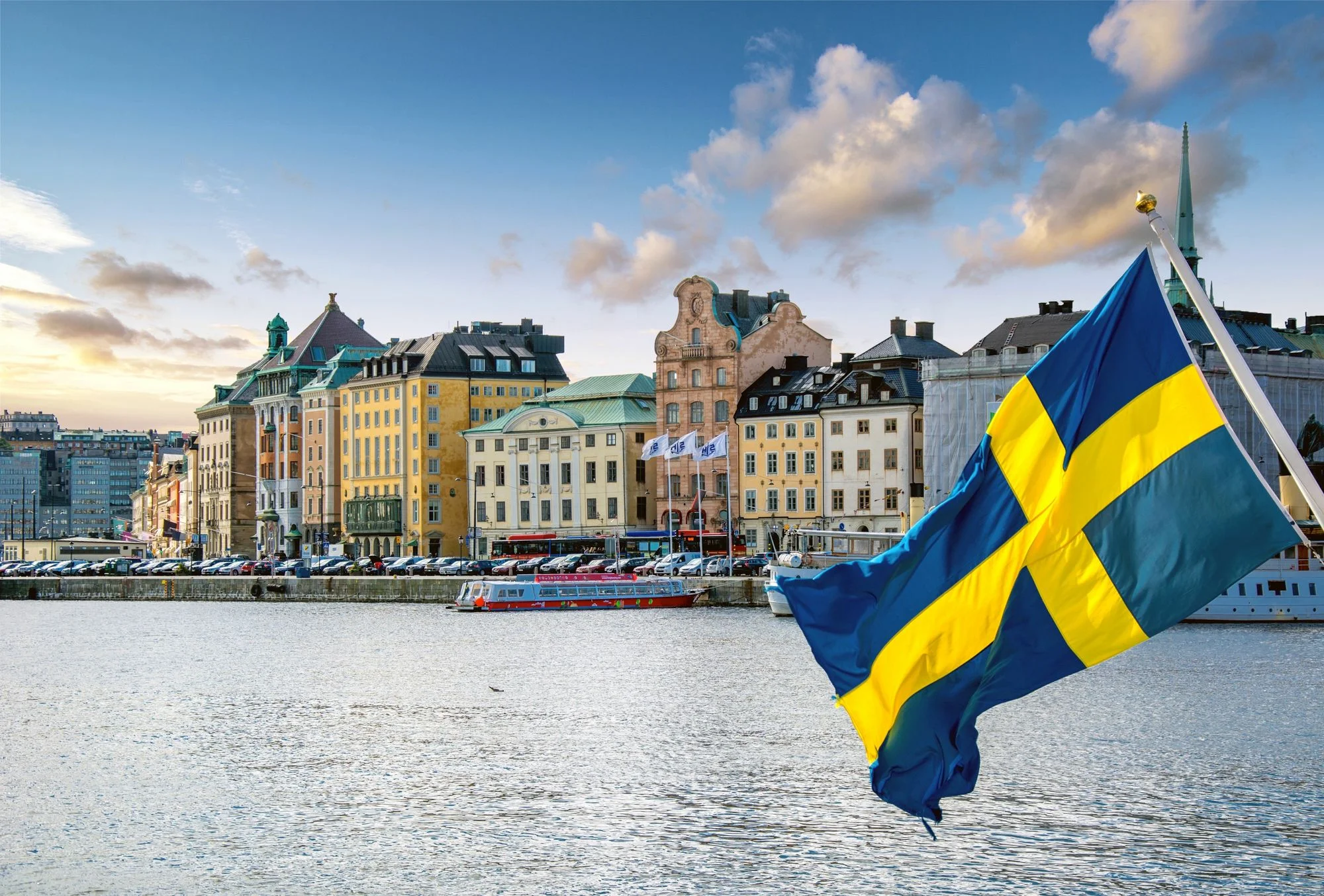
🏕️ Know the Swedish culture and style 🔗
To enter the Swedish market the right way, first you need to know what Swedish people are like and how they behave. Just as you wouldn't give a Swede one kiss on each cheek when saying hello (like they do in Spain, for example), you wouldn't be too aggressive in your copy when trying to convert a Swedish visitor to a customer. Instead, a little typical Swedish humor and transparency will take you much further.
Traditions and hobbies 🔗
Sweden has kept its traditions steady to a large extent, even with the increased influence of other cultures. ☀️🌸 Summer celebrations such as Midsommar are a time when everyone puts on their summer dresses and shorts, the barbecue grill comes out, and friends and families invite each other over to share strawberries, potato salad, grilled salmon, and Smörgåstårta with shrimp, not to mention enjoying sparkling wine and a shot or two. Renting a cabin or staying at their own little house over the summer is a seasonal pleasure. When winter arrives, cozy evenings by the fire, snowy days (sometimes without mercy), and skiing vacations take center stage.

Few countries have such a high housing standard and love for interior design. 🛋️ Having a beautiful home is not only considered a must in Sweden, but it's also a sign of achievement. And it is achievements that Swedes talk a lot about, which creates plenty of room for career and business conversations. All while having a strong cup of coffee in their hands (Sweden has a huge coffee culture).
All this means that there is a massive opportunity for companies operating in various industries to do business with Sweden. Adapting copy and localization to the seasons and the humble and somewhat shy yet driven Swedish nature is essential. It also shows that the customer potential is enormous. This is why having the right content strategy and using localization correctly is crucial.
🛡️ The origins of Swedish 🔗
Swedish has been its own language since the beginning of 800 AC, when the Viking era began. However, its roots began to grow much earlier, around 5,000-6,000 years ago, when citizens spoke Indo-European in Asia. As people emigrated to different parts of the world, so did the language travel, eventually changing. When reaching the North, known today as Scandinavia, it turned into the Proto-Germanic language before it became Old Norse and finally Swedish.

When it became a language, it started as Runsvenska - or Runic Swedish - and was used until 1225 AC. With limited space, the writing was short and straight to the point, much like it is used in Sweden today - and in content online. A short attention span has replaced limited space, but the idea is the same: get to the point quickly, or you'll lose your reader and potential customer.
For Swedes, an even more direct and short approach is appropriate, which is why when localizing Swedish copy and websites, you shouldn't drag it on. These customers prefer straightforward language.
Borrowed words and language influences
🔗
Swedish is filled with variation due to its influence from other languages. The main influences come from other Nordic languages and English, German, Latin, French, and even Dutch and Romani. Let's take the word 🍷 vin (wine), which comes from the Latin word vinum, and 💯 absolut, which stems from ab solvere. From the German language, you'll find 💼 köpman (businessman), which comes from the German word Kaufmann, and from French comes the word 😎 populär, whose root is populaire.
While French and German were the most significant languages in Sweden in the 18th century, today, the biggest influence comes from English. Some English words have become more permanent, while others come and go depending on different trends. When localizing English words, a Swedish localization expert is an excellent investment because they know which English words to translate and which to keep. When it comes to copy, this matters a lot.
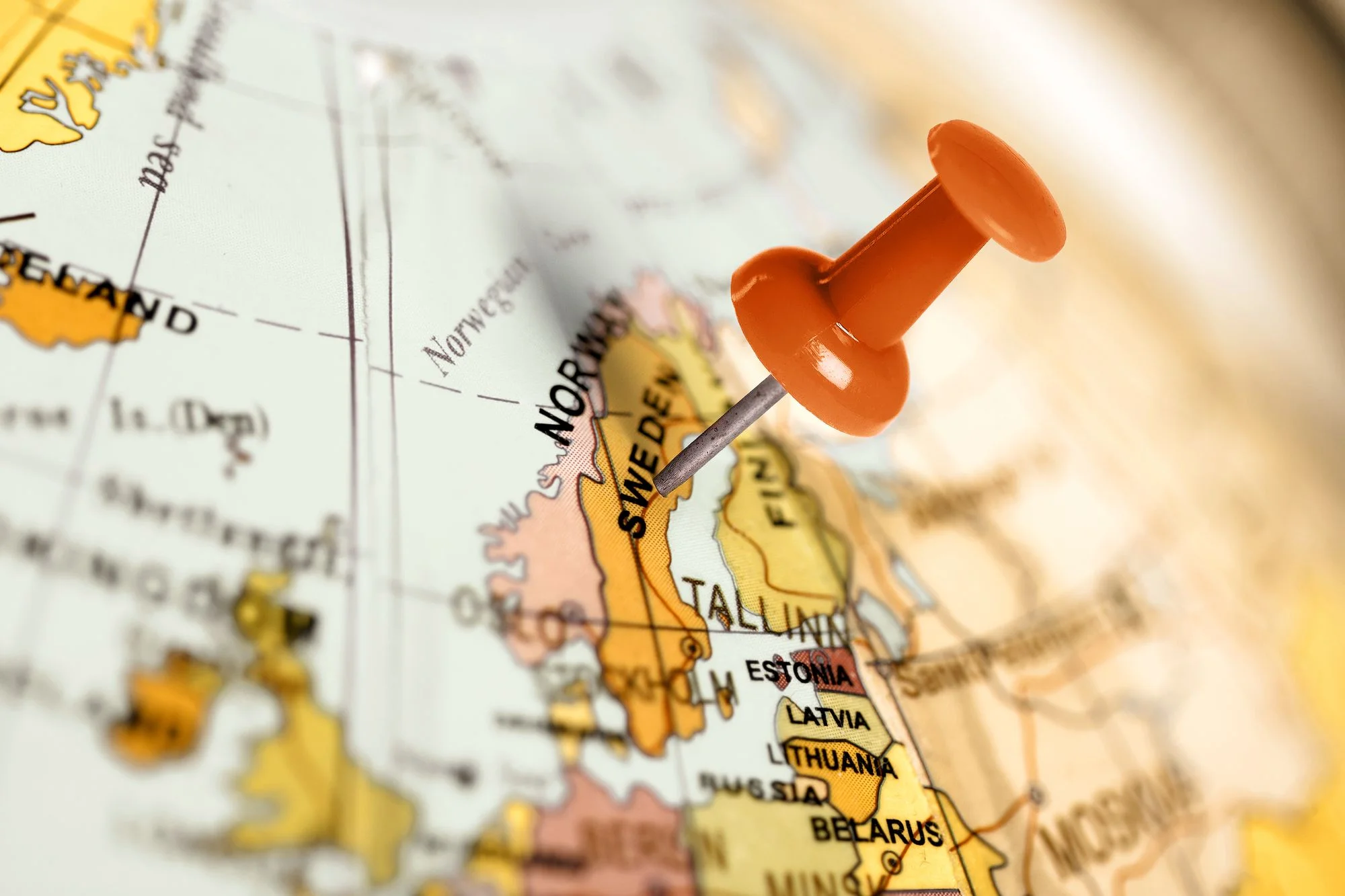
🇸🇪 How many people speak Swedish? 🔗
Approximately 10 million people speak Swedish in Sweden today, and another 300,000 people in Finland, where it's the second official language. You'll find about 700,000 Swedish people abroad - the majority at universities and in the workplace - with the main destinations being the United States, the UK, and Spain. Swedish is also taught at many known universities worldwide, and Swedish companies continue to move abroad. The statistics show that individual and business emigration won't slow down in the near future.
Sweden has put a large effort into keeping its language intact. Curiously enough, Swedish wasn't legally recognized as the national language until 2009, sharing its new legal status with five official minority languages (Finnish, Yiddish, Meänkieli, Romany, and Sami). Special institutions, such as the Institute for Language and Folklore and the Language Council of Sweden, play a huge role in ensuring that Swedish keeps its richness and continues to be stable. 📚🗣️ Their job is to preserve the language, disseminate knowledge about the different dialects and cultural heritage, and make sure that learning resources are available regarding grammar, structures, and much more.
Given Swedish's linguistic stability and its status as an official language in the EU, it is no wonder that more companies want to improve their messaging for Swedish customers.

🐺 Swedish & the Scandinavian languages 🔗
Depending on where you are in Sweden, you will feel a strong influence (or lack thereof) from your Nordic neighbors. Put Norway, Sweden, and Denmark together, and you'll find 20 million people speaking Swedish. In some areas, like southern Skåne, the connection to 🇩🇰 Denmark is especially strong. When the well-known Öresundsbron bridge was built to connect Sweden and Denmark, it created incredible job and housing opportunities for citizens in both countries.
Continuing to 🇳🇴 Norway, many people travel here from Sweden to work in seasons because of the higher salaries. It's pretty easy for Norwegian people and Swedes to understand each other, more so than Swedish and Danish. You will also find that someone living in Stockholm will have a harder time understanding Danish than someone from the south.
The language ties between Sweden, Norway and Denmark are quite strong. Finland, however, is more distant, as its languages and dialects have a different root
Lastly, 🇫🇮 Finland is more distant linguistically because its languages and dialects differ considerably from the other three due to having a different origin (Finno-Ugric). As a result, a Swedish person will most likely not understand their Finnish-speaking neighbors.
The Nordic dialect continuum 🔗
Dialects are still important in Scandinavian society, and there is a continuous effort from the Nordic countries to keep their language ties across the dialect continuum. New initiatives are encouraged frequently to ensure that the different linguistic cultures are honored, such as the Norwegian series Skam, which has become highly popular among young people. This has even bled into marketing practices: for instance, it's common to encourage people in southern Sweden to travel North and vice versa.
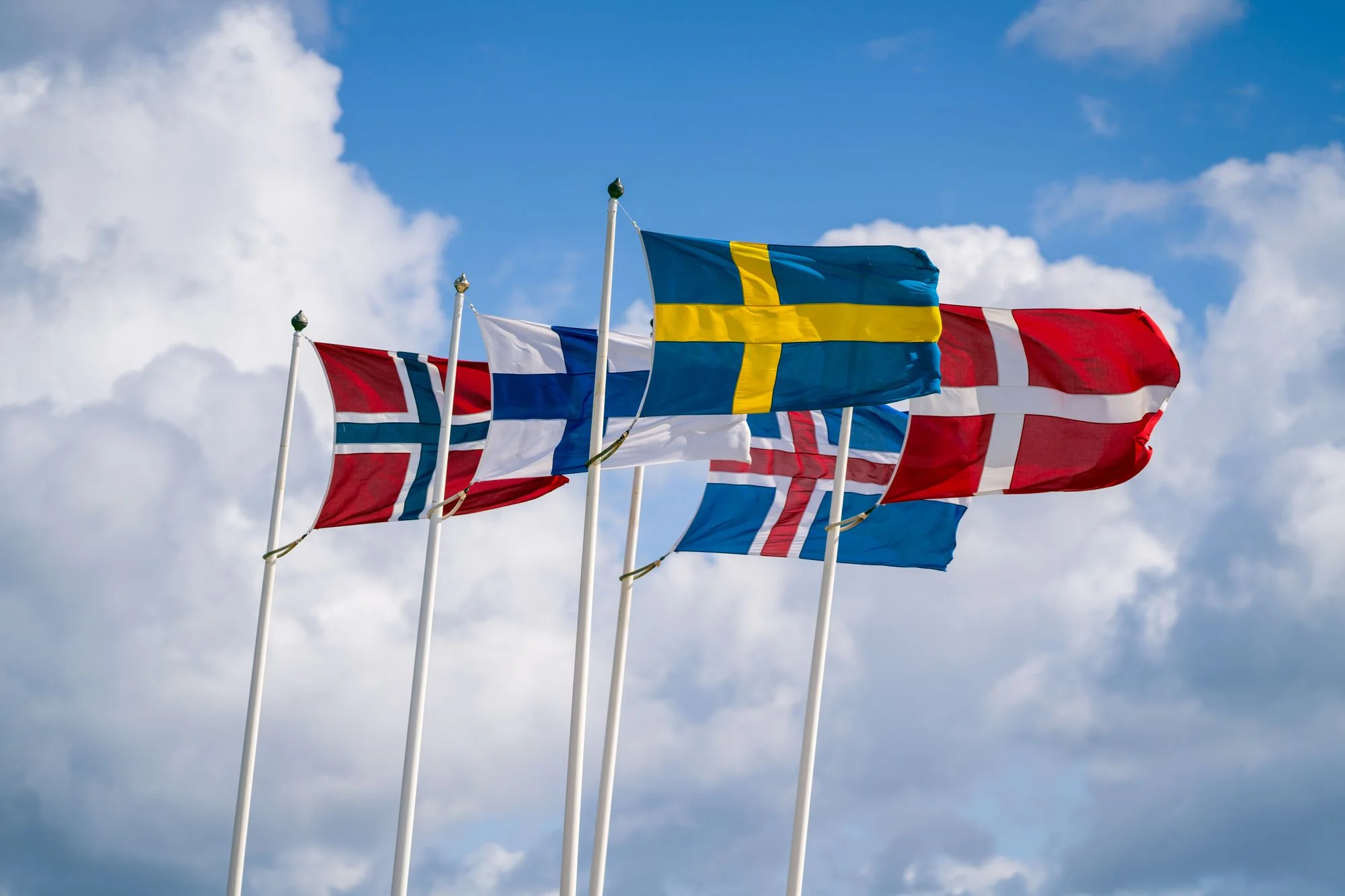
You will find the Sami dialect alive and well in most Northern parts of the Nordic countries and across the borders of Norway, Sweden, and Finland. In Finland, a small part of the population speaks Karelian; in Norway, it's Kvääni; and in Sweden, Meänkieli. Meänkeli exists mainly in Tornedalen in Sweden, and Finnish-Swedish is spoken extensively in the Stockholm area. Romani is spoken by approximately 50,000 - 100,000 people in Sweden, with everyday words such as tjej (girl) deriving from it. On the other hand, Yiddish is spoken by approximately 2 million people worldwide and 3,000 people in Sweden.
Why dialects matter 🔗
A couple of years ago, Toyota made a commercial with different Swedish dialects, aiming to make more citizens feel included in their messaging. 🚗 The message was clear: let people know that hybrid cars are available to everyone, everywhere in Sweden. Here is what a part of the ad copy said: "Kåir biln pa ejl utn å lade han. Jämt tôligt å grônne på sladdera. Klydda ente" (see ad below). This wasn't targeted to someone in the south of Sweden to understand, but it would certainly make someone in Värmland very happy!
There are still many similarities between Sweden's different languages and dialects, even if many are very far apart. There has always been a red thread that connects these together, and dialects are used today in commercials and ads for a democratic approach and an increased effect. Sweden is a highly democratic country with a polite nature, which shows online as well as offline.
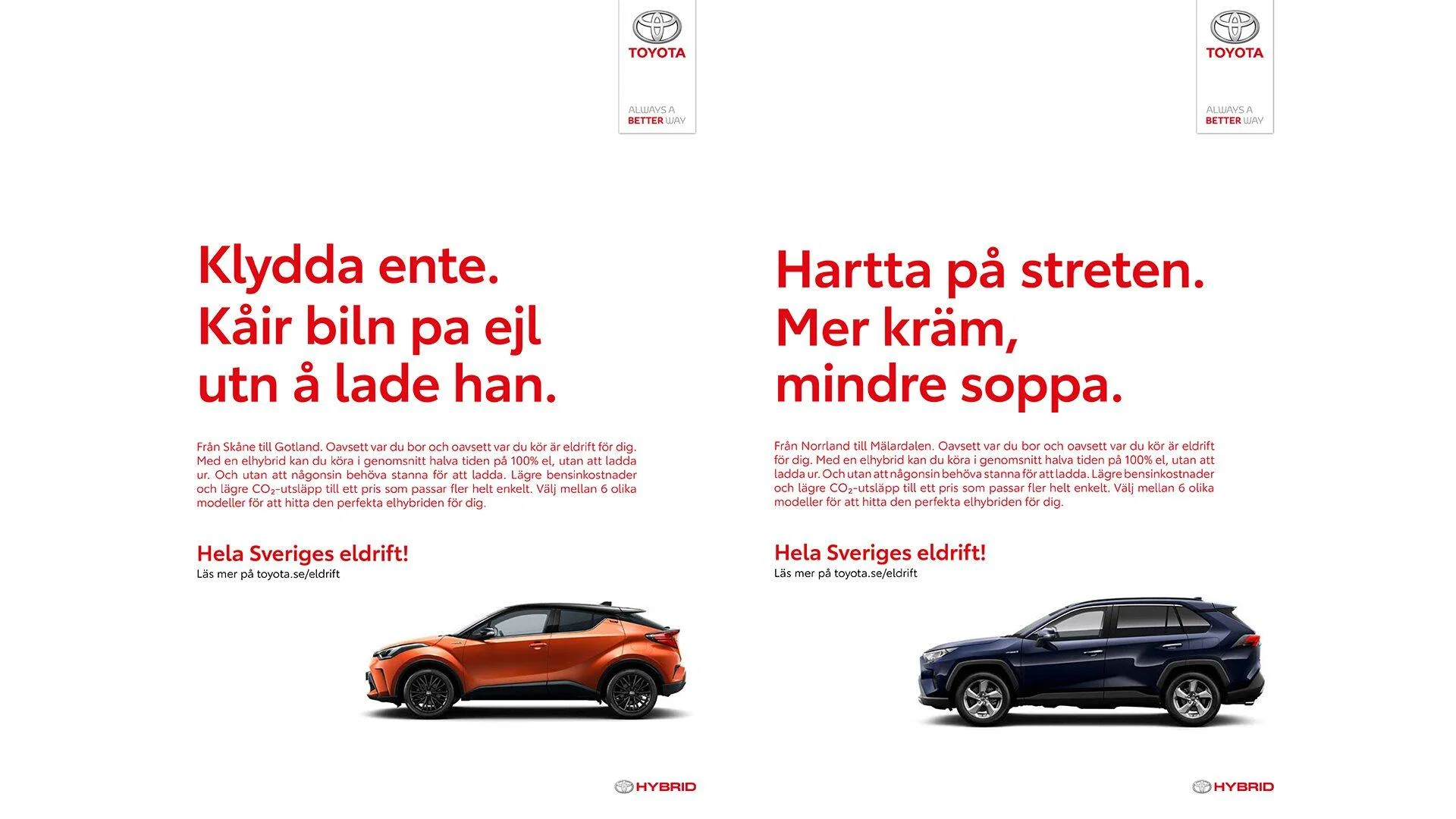
Here are other examples of words that differ in Swedish dialects depending on the region:
- 🛒 Affären (store) in standard Swedish is boa in Ångermanland.
- 🪦 Kyrkogård (cemetery) is gravgård in Österbotten (Finland).
- 👧 Barn (children) is kylar in Leksand, Dalarna.
- 👋 Hur mår du (how are you?) is höss ärä märä in Värmland.
Localizing according to county and region matters, especially in marketing. But it isn't possible without having someone who can come up with these ideas and know how important they can be for a business.
😬 Why English isn't enough in Sweden 🔗
It's a common belief that English is enough when it comes to targeting consumers in Sweden. This makes sense, considering English is mandatory in school and that 90% of the Swedish population speaks the language. However, the reality is that Swedish is the predominant language in everyday life, and this includes shopping, browsing online, interactions between friends, and so on. In some countries, you will find English-speaking-only staff in bars and restaurants, but that's the exception in Sweden.
Now, you might think that social media has changed that, and to a certain extent, it has. Still, even the young Generation Z will prefer Swedish headlines and Swedish copy in apps and on social media. When shopping online or deciding whether to use a service, choosing solely English will often be a dealbreaker. If you only offer your services or products in English, most Swedish browsers won't find you online. What's more, they won't trust you as much either.
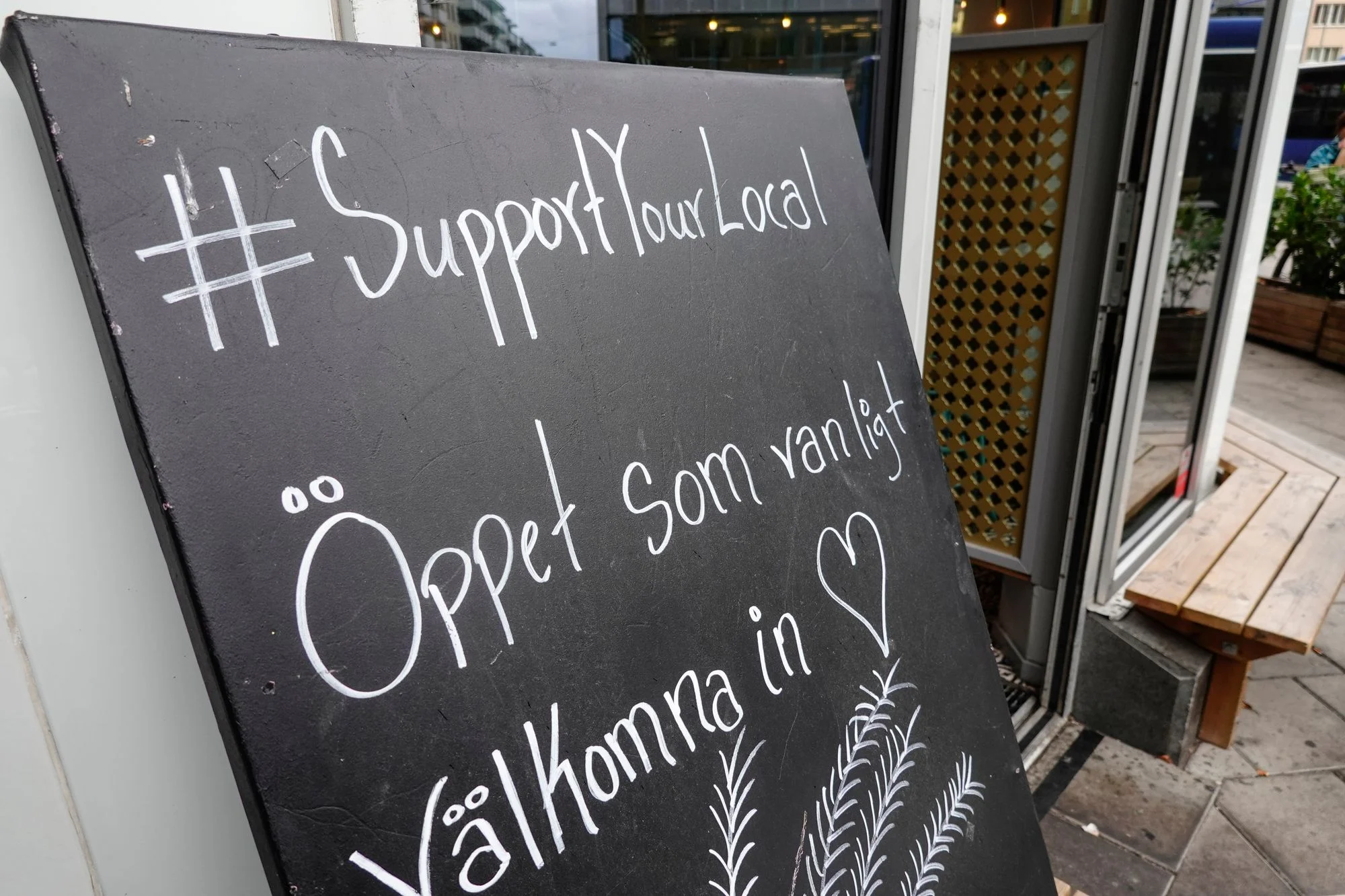
Safety and familiarity at the forefront 🔗
In Swedish culture, there is a need for what's safe and familiar. The Swedish language is familiar to most; therefore, it feels safe. Trust especially becomes an issue when trying to reach middle-aged Swedes, who are frequently online but are much more skeptical when visiting new websites. A 20-year-old probably uses Apple Pay often, but a 50-year-old in Sweden won't give you their credit card information as quickly. And if your content is only in English, their suspicion will increase. What's more, if it differs too much from other websites in Sweden and the language isn't appropriate, it will also make people turn away.
Even if 90% of the Swedish population speaks English, Swedish is the predominant language in everyday life. It's a deal breaker for many: if you only offer your services or products in English, trust will decrease and the majority of Swedish browsers won't find you online
You should also consider that Sweden is a multicultural society. Due to immigration, nearly 200 languages are spoken in the country, and people with Swedish as their second language often do not speak English well. Businesses can miss out on a massive part of the population by not localizing their offer from English to Swedish. Offering your services and products in Swedish while being mindful of the culture and dialects in different regions will, therefore, help you make a lasting impression in the Swedish market.
🌿📱A high-tech, eco-conscious market 🔗
The Swedish market is enormous. Sweden is one of the top countries for online shopping and using technology and electronics. Productivity tools, including management services and apps for personal use, are highly popular. There is endless potential for companies to attract Swedish consumers, whether your business is about eco-friendly cleaning products, sustainable fashion, the latest in tech, SaaS, vegan makeup, or business development. All these and many more are a big part of the people's lifestyle and interests.
This, along with their business sense and advancement in innovation and technology (you probably know of Volvo, Klarna, Skype, and the heart pacemaker), has taken Sweden out of Scandinavia and put it onto the global map. 👀 🌐 Game-changing services and products like Trustly, iZetto, and Spotify are other tools born in Sweden and loved internationally.

SaaS is on the rise 🔗
According to Statista, the SaaS market in Sweden is on the rise and doesn't plan to slow down anytime soon. Revenue is expected to grow annually by 6.52% by 2028. This seems like natural progress, considering the country's highly digital lifestyle and adoption of automation.
These numbers are extra important for SaaS companies that wish to operate in Sweden. As many foreign companies already have, now is the time to get in the game. International companies have the potential to get a lot of value in this booming market and be a part of a significant evolution stage in tech.
Information technology: a solid sector 🔗
The information and communication technology industry is big in Sweden. Its role in Sweden's GDP is among the world's highest. It also makes up for about 20% of the country's exports. In Stockholm, 1 in 10 people work within the digital technology sector. This has led many international companies to take their business to Sweden and access not just the Swedish, but also the European market. Examples of this are Amazon, Google, and IBM. Firms in this industry can use this to innovate, research, collaborate, and attract Swedish customers and partners.
Hospitality and tourism continue to grow 🔗
As mentioned before, people in Sweden love traveling. ✈️ This, combined with their five-week paid vacation annually and another five weeks unpaid, allows them to do it frequently. People of all ages enjoy traveling abroad. The young population enjoys longer travels, including spending months or even a year abroad, while the rest also go overseas regularly. The traveling trend and eagerness among Swedes will continue to rise, and it's an opportunity to take advantage of. For Swedish people, comfort, high-standard accommodation, and quick and easy journeys are high on the travel priority list. They also want access to modern facilities and to enjoy excellent service.

An economy that continues to get stronger 🔗
Sweden's economy continues to be stable, and predictions tell us that it will get stronger in the coming two to three years as inflation goes down and salaries go up. The GPD per capita is approximately 600 billion USD, which will rise to almost 700 billion USD by 2028. This is 6.2% higher than the EU's average. An estimated increase of 2% is expected, and household consumption will increase along with it.
The standard of living is quite high, placing Sweden as number 12 on the Legatum Prosperity Index list. Besides this, the country's debt is low, contributing to its solid economy. Some of the things people spend the most on are travel, clothes, health and medicine, and industrial products. If you want to enter or strengthen your position in the Swedish market, a good localization strategy is critical to stand out, whether that's Swedish software localization, Swedish technical localization, or Swedish website localization.
Online shopping behavior in Sweden 🔗
Did you know that 1 in 3 people in Sweden shop online each week? Digitalization has taken over rapidly in the last ten years, and most prefer shopping online over physical stores. Even more so than in the United States and Australia. In the European Union, Sweden ranks as one of the countries with the highest share of online shoppers (91%), only surpassed by the Netherlands (93%). The highest online shopping rates are in Stockholm, especially in Nykvarn. You'll find Norrbotten in second place, and in third, Uppsala.
Regarding products, the top choices belong to the 💊 Pharmacy & Medicine and the 👗 Fashion categories, followed by other sectors like:
- 📺 Entertainment
- ⛷️ Sports & Hobbies
- 💄 Health & Beauty
- 🔋 Electronics
- 🏡 Home & Garden
Knowing who buys what and where is essential to access the right consumers.

🦞 Swedish localization: Top 7 strategies 🔗
To succeed in your Swedish localization journey, you need to consider several factors. Let's examine them.
1. Know who spends the most online 🔗
First, consider where people spend the most money and what they like, then localize accordingly. For example, Stockholm is the Swedish city where the population shops online the most, and accessories and jewelry are popular items. Consider the previous, and identify how Stockholm people behave, their values, and which dialects they speak. Swedish localization specialists do just that, and it's a game-changer.
2. Use dialects in ad copy 🔗
Play with dialects in commercials and in your ads. Commercials have long been used in Sweden to spark laughter and play on the "teasing" between people in different regions and their dialects. Launching a commercial in southern Sweden using a "norrlänning" dialect from the North will attract attention.
3. Target specific industries and markets 🔗
Even if your business has nothing to do with eco-friendly material, include other benefits that the Swedish will appreciate. ♻️ For example, are your products sustainable, or is there a good story behind your company that speaks of honesty and integrity?

4. Know the users' concerns and desires 🔗
Security is one of the biggest deciding factors in online shopping for services and products in Sweden. People value their privacy; the young generation cares about the freedom of their data, and the older generation is scared their personal information will be misused. Swedes are also ambitious, want things quickly, and trust companies that genuinely deliver quality.
5. Leverage UX and MT appropriately 🔗
Translation is different from localization. If you translate your website or copy word for word and rely solely on machine translation, it won't let you factor in cultural or desire factors. As a result, you won't be able to reach as many customers or create a loyal clientele. When it comes to essential stages like a Swedish product launch, properly localized text and UX will not only make an excellent first impression but will also have the capacity to create real buzz if done well. ✌️Relying on the expertise of professional translators, proofreaders, and UX copy experts is crucial here.
6. Know when to play with English words 🔗
On Swedish websites and in society, you'll find many English words. Some are trending words, while others stay longer. Knowing when, where, and how to use English words in content is essential if you want to connect on a personal level. A great example is the word policy, which can but doesn't have to be translated into Swedish texts. Other frequent terms that remain untranslated are community, manager, and job titles.
7. Keep track of new terminology 🔗
Because Sweden considers language to be of great cultural importance, new words are constantly added and taken away. 📝 The Institute for Language and Folklore (Institutet för Språk och Folkminnen) has a list that is frequently updated. Knowing which words to keep and which to toss is helpful to localize content.

❄️ How to order Swedish localization services 🔗
By now, you might have an idea of why Swedish localization is so important. Many companies hesitate to spend money on localization services, especially when first considering English-to-Swedish translation. However, large businesses in various industries like Mews (SaaS company), Apple, Adidas, Momondo, and many more know the importance of localization in gaining loyal customers. B2B is a vast sector that is growing in Sweden, too. Just as you would adjust your copy online depending on whether you're speaking to a business or an individual, you want to do the same with your localization.
Popular pairs for professional Swedish translation 🔗
- EN-SV: The most popular pair in translation for international companies that want to tap into the Swedish market and make a strong impression.
- SV-EN: Swedish companies that want to go global and reach a much wider audience will benefit from Swedish to English localization services.
- SV to DA: Good Swedish to Danish translation is key for Swedish and international companies that want to access the neighboring country high up on the wealth and consumer list.
- SV to DE. For Swedish and international companies that want to reach the German market, strengthen business partnerships, and increase their customer base.
- DE to SV. For German companies wanting to enter Sweden's market and reach local consumers.
- ES to SV. An important pair for companies operating in Spain that want to attract more Swedish customers, including those in the hospitality and travel industries.
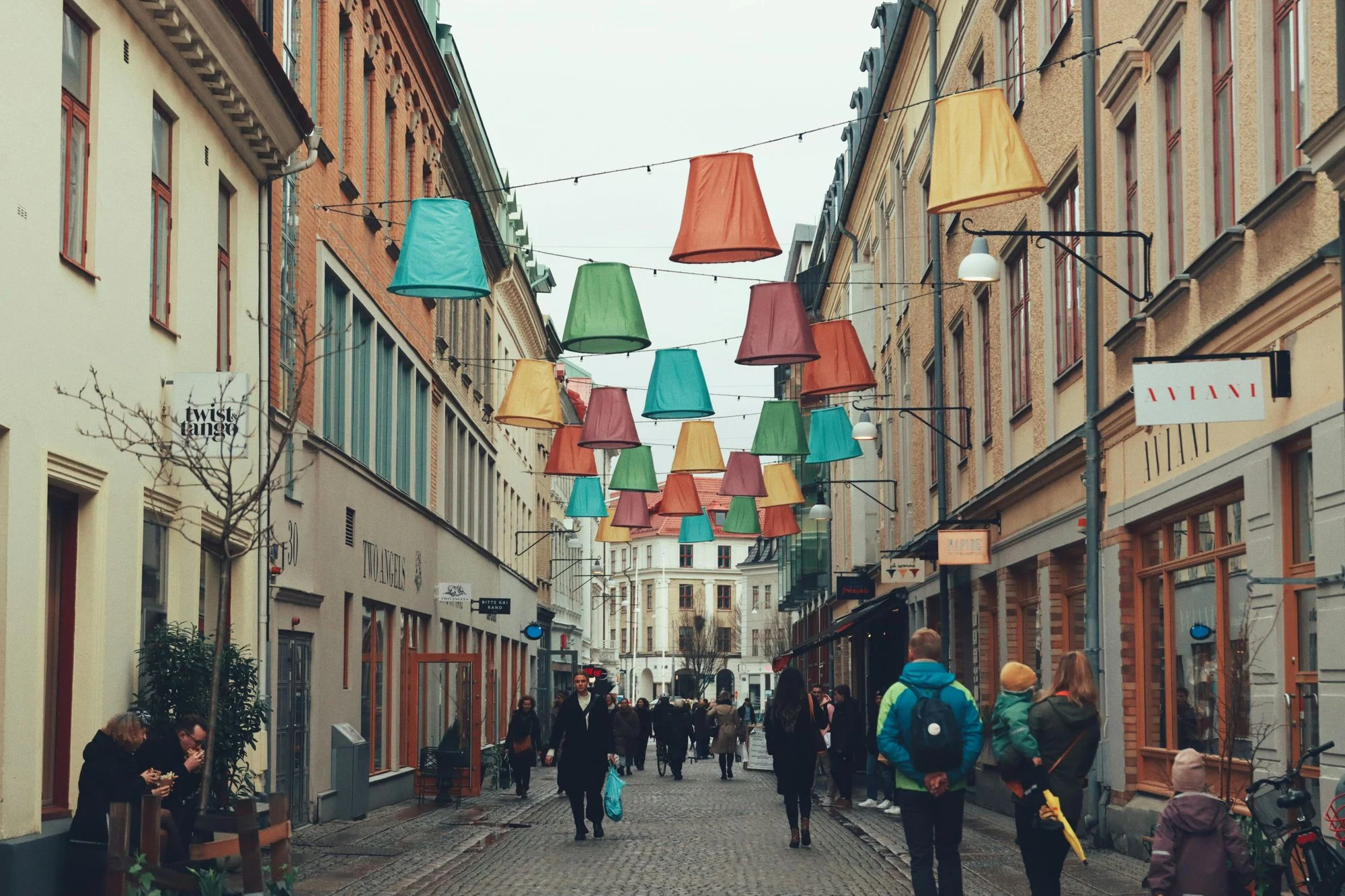
Pricing in Swedish localization 🔗
The price for Swedish localization is increasing, but it is still relatively low compared to many other countries. For example, the cost of English to Swedish translation is slightly higher than translation from Spanish to Swedish. This is mainly due to the demand and depends on the country's economy. Spanish companies might spend less on localization than American or Dutch companies because Spain's economic status and salaries are lower. Even with higher pricing, the ROI can be huge, so this type of translation and localization can usually get more expensive.
Why use a native translation team 🔗
Having a native translation team helping you with localization and translation ensures you get the best quality. Not only do native speakers understand the country with its people and culture, but they will also catch mistakes more easily. 🕵️♂️ A native translator can see the pitfalls and will work to increase trust among potential customers by carefully considering linguistic, grammatical, and structural factors. A native localization team can help your business reach your target audience in different regions, appeal to what drives them, and more easily convert them into loyal customers and valuable partners.
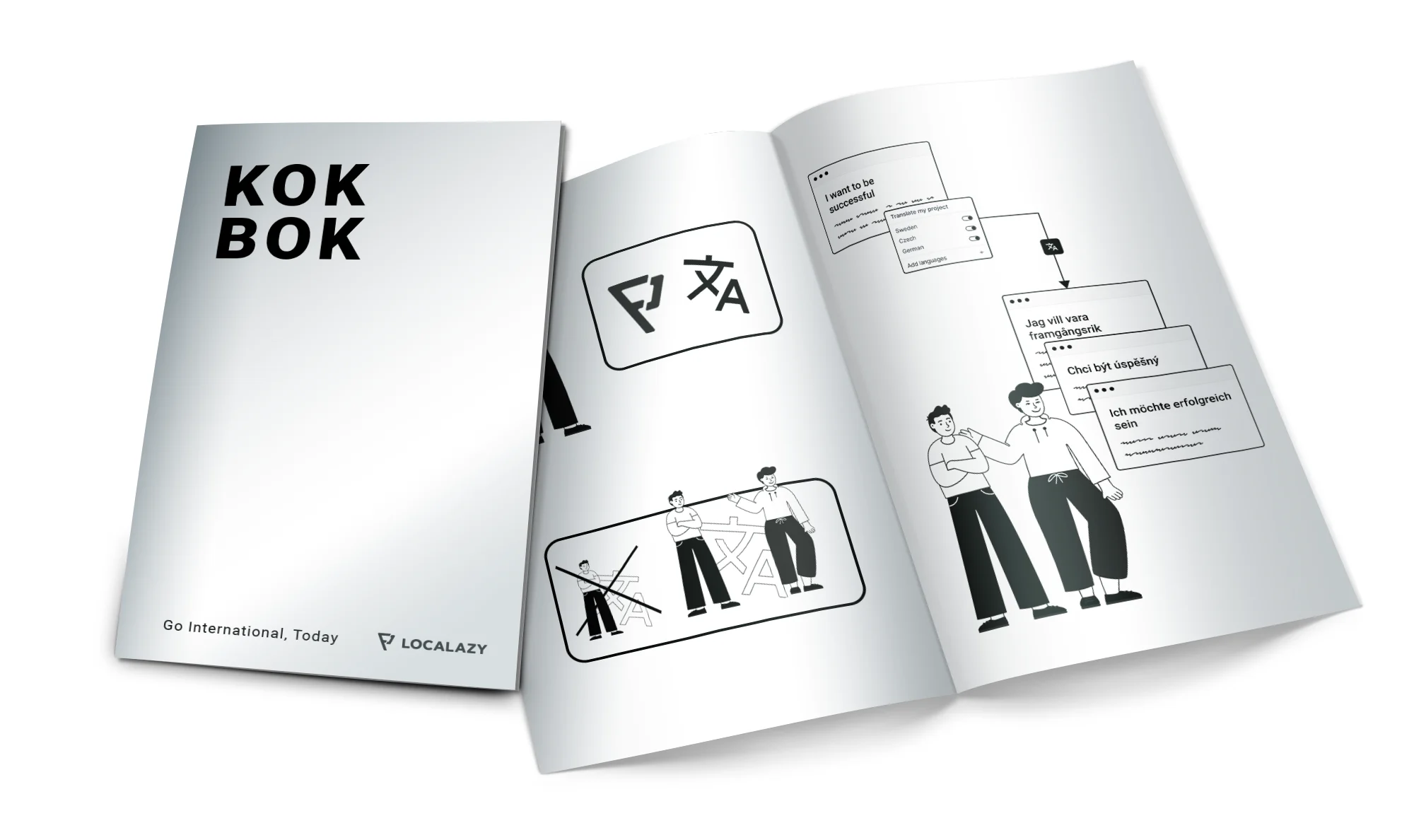
✨ Improved Swedish l10n with Localazy 🔗
At Localazy, we go beyond adapting to your needs and attending to your business vision: we provide you with some of the latest and most advanced automatization tools and a native team to ensure your success. Our localization of Swedish websites, copy, SaaS content, and more will help you stand out in the marketplace and put you right next to the Swedish players in your industry.
It's quick and easy to use and will bring you results that machine translation alone won't. Instead, we've combined all the essential automation tools and human services for an increased wow effect and top-quality results. 💪 With incredibly well-developed services such as CLT and Design Localization, you can be certain that you'll get the best guidance and tools for your needs. If you have any questions about our services, don't hesitate to contact us.
